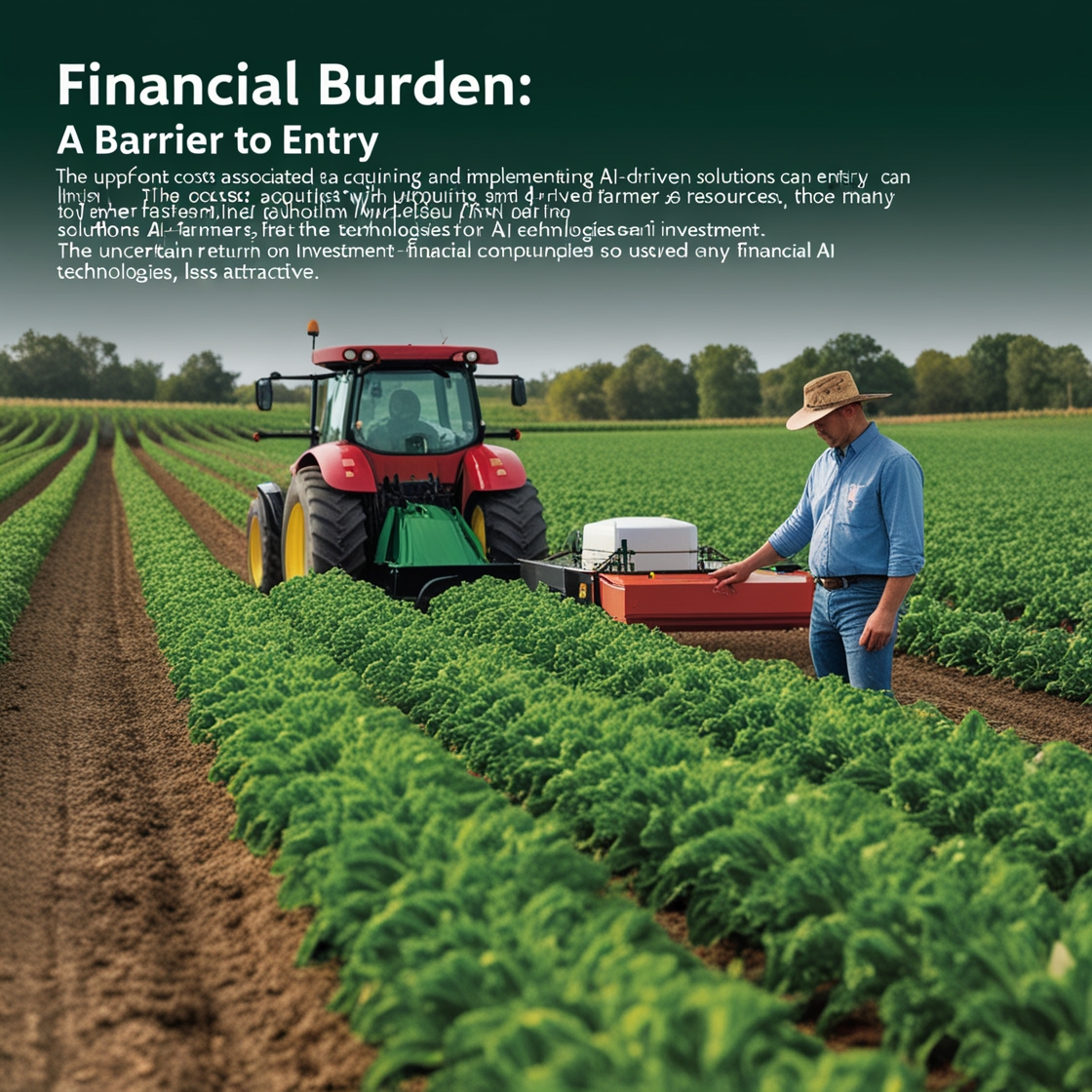The Future of Farming : How Tech is Revolutionizing Agriculture
Climate change, resource limitations, and a growing global population are stressing traditional farming methods. Thankfully, innovative technologies are emerging to address these challenges and redefine agriculture for a more sustainable and productive future.The Future of Farming

Table of Contents
Precision Agriculture: Data-Driven Decisions
Imagine using real-time data to optimize your farm. Precision agriculture makes this possible by leveraging GPS, the Internet of Things (IoT), and big data analytics.
- Soil sensors measure moisture, nutrients, and pH, allowing for targeted watering and fertilization, maximizing yield and minimizing waste.
- Drones and satellite imagery provide a bird’s-eye view, helping farmers detect problems like pests or nutrient deficiencies early for swift intervention.
- Automated machinery with GPS ensures precise planting, harvesting, and treatment application, boosting efficiency and reducing labor costs.
Vertical Farming: Growing Up, Not Out
Urban areas with limited space can now enjoy fresh produce thanks to vertical farming. This approach stacks crops in controlled environments, maximizing space and minimizing resource use.
- Hydroponic and aeroponic systems eliminate soil and reduce water usage by up to 90% compared to traditional methods. Plants thrive in nutrient-rich solutions or misted with them.
- LED lighting provides the optimal light spectrum for year-round growth, allowing farmers to control light intensity and duration to accelerate growth cycles.
- Urban placement reduces transportation costs and ensures fresh produce is readily available in cities.
Genetic Engineering: Stronger Crops, More Food
Science is lending a hand with genetic engineering, a powerful tool for developing crops with enhanced traits.
- CRISPR-Cas9 allows precise gene editing to introduce desirable characteristics like pest resistance, drought tolerance, and improved nutrition.
- Genetically modified (GM) crops like Bt cotton and corn minimize crop damage and increase yields by producing natural pest deterrents.
- Drought-resistant crops ensure food security in water-scarce regions. While the debate around GM crops continues, their potential to address global food challenges is undeniable.
Robots and Automation: The Helping Hand of Technology
Repetitive tasks like planting, harvesting, sorting, and packaging are being automated, reducing dependence on manual labor.
- Autonomous tractors and harvesters equipped with AI and machine learning work tirelessly and precisely, increasing productivity and addressing labor shortages.
- Delicate tasks like fruit picking and pruning are being handled by robots with advanced sensors and imaging for gentle yet efficient harvesting, minimizing post-harvest losses.
Blockchain: Trust and Transparency in Every Bite

Imagine tracking your food from farm to table. Blockchain technology makes this a reality, providing a secure system for tracing the journey of agricultural products.
- By recording every transaction on a decentralized ledger, blockchain ensures the authenticity and safety of food.
- Consumers gain access to information about the origin, production methods, and supply chain history of their food, fostering trust and promoting sustainable practices.
- Farmers benefit from improved record-keeping, streamlined transactions, and potentially fairer compensation through smart contracts, a feature of blockchain.
From precision agriculture to robots in the field, innovative technologies are transforming how we grow our food. By embracing these advancements, we can create a more sustainable, efficient, and secure agricultural future.sharemore_vert


